Block Fever
Nintendo Arcade, 1978

Block Fever is a block-breaking paddle and ball game, and one of Nintendo's first microprocessor-based arcade games from 1978.
The player moves their paddle left and right using a dial, knocking a ball into the rows of blocks, clearing them. If the player misses the ball, they lose a life.
Block Fever is a clone of Atari's Breakout, but features three different game modes.
This is one of the few Nintendo arcade games that has yet to be dumped.
Releases
| System | |
|---|---|
| Block Fever | November 1978 |
Game Select
Use the Game Select dial to choose between three variations of the game
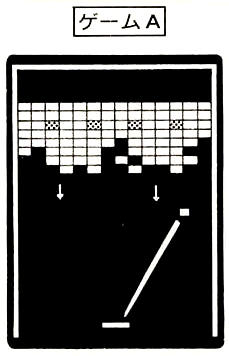
Game A
Clear out the rows of blocks. There are four flashing "Handy Blocks". If you hit one of these, you score extra points, but the rows of blocks will drop closer to the paddle. This reduces the amount of time you have to reach to the ball.
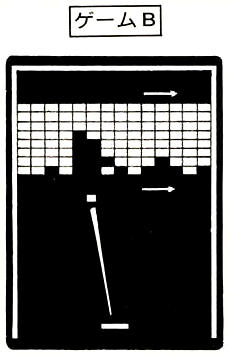
Game B
The block formation scrolls from left to right.
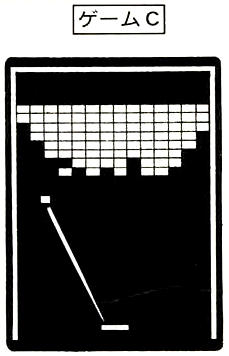
Game C
The blocks are static. When your ball breaks through the wall of blocks and touches the top of the screen, it goes into a "fever", and your score will increase.
1 or 2 Players
Controls on both sides of the table allow for 2-Player play. The screen will flip alternately for each player whenever one loses a life.
How to Play
Not all details of how to play the game are known at this time. If the game is made more widely available, this guide will be updated.
Serving
Press the "Serve Button" to serve the ball. It will bounce off your racket and head into the play area.
Movement
Use the "Control" dial to move the racket left and right. Catch the ball on the racket. If the ball goes past your racket into the area below, you lose a life.
Lives
¥100 buys you 3 lives to play. This can be adjusted using dip switches up to 6 lives per play.
Ball Speed
The ball starts at a slow speed. After it bounces off your racket 5 times it will get faster. There are three speeds in total.
Racket Size
The racket starts quite large. After the ball bounces off your racket 9 times, the racket shrinks. There are three racket sizes in total.
Scoring
Blocks are worth different amounts of points depending on which row they are on.
Clearing the Blocks
Once all the blocks have been cleared, they reset and you can try again to beat your high score.
Early version: TV Computer Deluxe
Some arcade goers have reported encountering an early version of Block Fever without the Game Select feature.
Table Computer
In early 1978, Nintendo began advertising the "Table Computer". This was the very earliest version of Nintendo's tabletop arcade design, with a single round leg. Nintendo advertised it as having swappable games.
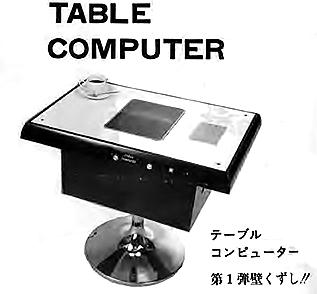
The text alongside the ad says "1st Game: Breaking Down Walls!!"
TV Computer Deluxe
In a later advertisement, Nintendo had renamed their tabletop arcade system to "TV Computer". The first named game was now Computer Othello and a second table was shown named TV Computer Deluxe. The advert included a screenshot of a game almost identical to Block Fever but without the Game Select letter (A, B or C).

Soon after, Nintendo would again advertise Block Fever with the game selection included.
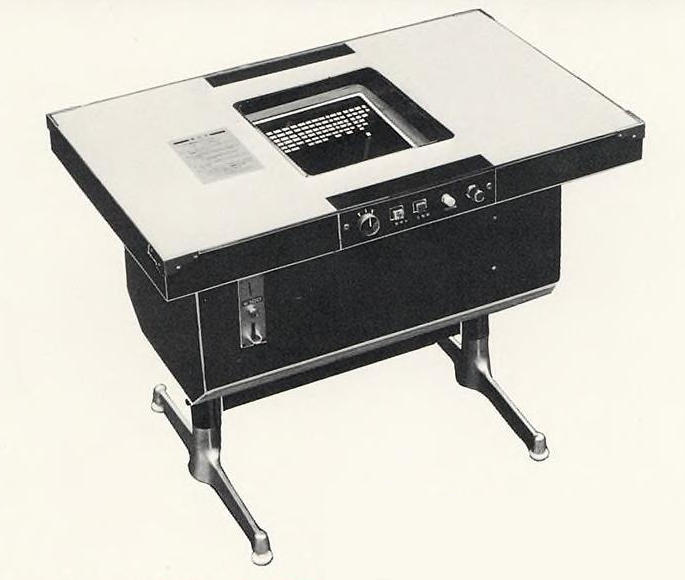
If the reports are to be believed, then the TV Computer Deluxe version of the game may have been released and some units are still functioning.
Hoei…?
If you search for TV Computer Deluxe online, you will find records that it was a Breakout clone from 1978, but the developer is listed as "Hoei". The records cite a list produced by a former developer at Coreland named Yasuhiro Ogawa and reposted on the Mameworld forums by user Stiletto.
Hoei Sangyo were a contract developer established in 1977 to manufacture and sell arcade cabinets for other companies. Hoei gained a negative reputation for producing low-quality bootlegs, and later changed their name to Coreland in 1982. They eventually got bought by Bandai and were renamed Banpresto in 1989.
It seems that Nintendo may have contracted Hoei to produce these early tables. As Hoei are not credited on either Computer Othello or Block Fever, it seems likely that Hoei may have manufactured the tables themselves but may not have been involved in the software.